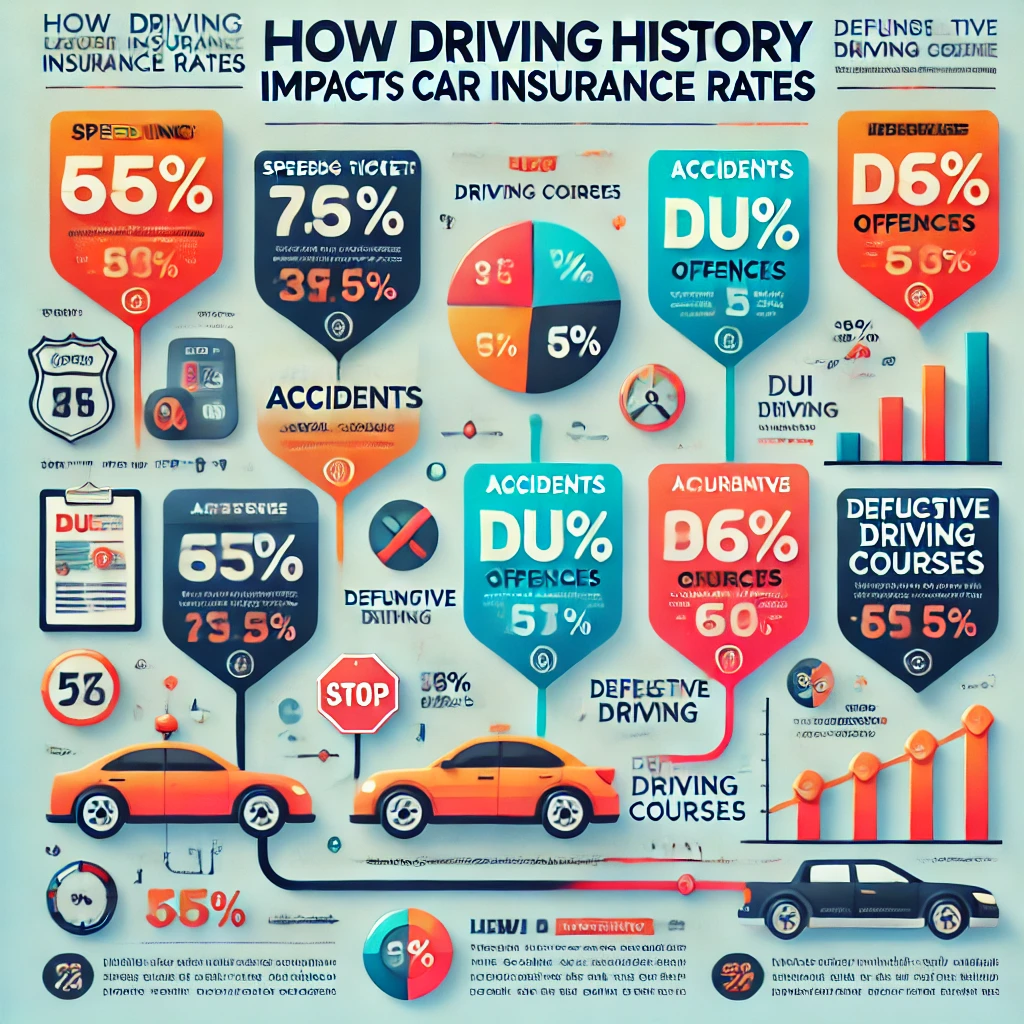Introduction
When purchasing auto insurance, drivers are often faced with an array of coverage options to choose from. One such option is roadside assistance, which offers services like towing, flat tire changes, and fuel delivery in case of a breakdown. While many drivers overlook this additional feature, roadside assistance has gained popularity in recent years as a valuable add-on. But is it worth adding roadside assistance to your auto insurance policy in 2025? Let’s break it down.
In this article, we’ll discuss the benefits of roadside assistance, the factors to consider when deciding whether to add it, and how it can enhance your overall driving experience.
Table of Contents
- What Is Roadside Assistance?
- What Does Roadside Assistance Cover?
- Benefits of Adding Roadside Assistance to Your Auto Insurance
- 3.1. Peace of Mind
- 3.2. Convenience and Time Savings
- 3.3. Cost-Effective Option
- 3.4. Access to Additional Services
- Factors to Consider Before Adding Roadside Assistance
- 4.1. Your Vehicle’s Age and Condition
- 4.2. Frequency of Road Trips or Long-Distance Travel
- 4.3. Existing Coverage and Memberships
- 4.4. Your Location and Roadside Assistance Providers
- How to Add Roadside Assistance to Your Auto Insurance
- Alternatives to Roadside Assistance Add-Ons
- Conclusion
1. What Is Roadside Assistance?
Roadside assistance is an additional coverage option offered by many auto insurance providers. It helps drivers when their vehicle breaks down or they experience issues while on the road. Depending on your provider, roadside assistance can include a variety of services such as towing, jump-starting a dead battery, tire changes, lockout assistance, and fuel delivery. It is designed to help you get back on the road quickly and safely, preventing a stressful situation from becoming more difficult.
2. What Does Roadside Assistance Cover?
While the exact services offered can vary by insurer and plan, the typical coverage options in roadside assistance include:
- Towing: If your vehicle cannot be repaired on the spot, towing to the nearest mechanic or a location of your choice is provided.
- Battery Jump-Start: If your car battery dies, a service provider will come to your location to jump-start the battery.
- Flat Tire Changes: If you have a flat tire, roadside assistance will send someone to change it with your spare.
- Fuel Delivery: If you run out of gas, roadside assistance will deliver enough fuel to get you to the nearest gas station.
- Lockout Assistance: If you lock yourself out of your vehicle, roadside assistance can help you gain entry.
- Winching: If your vehicle is stuck in mud, snow, or a ditch, a service provider may come to winch your car free.
These services can be a lifeline in emergency situations, especially when you’re stranded in an unfamiliar area or without the necessary tools.
3. Benefits of Adding Roadside Assistance to Your Auto Insurance
3.1. Peace of Mind
Knowing that you have access to immediate help in case of an emergency can provide significant peace of mind. Roadside assistance takes the stress out of breakdowns or accidents by ensuring that help is just a phone call away. Whether you’re on a long road trip or just commuting, you can rest assured that you’re covered in case something goes wrong.
3.2. Convenience and Time Savings
Without roadside assistance, you may need to rely on family, friends, or towing services that may not be available immediately. Roadside assistance provides quick response times and can significantly cut down on the amount of time you spend waiting for help. In many cases, you can expect a response in under 30 minutes, depending on your location.
3.3. Cost-Effective Option
Although there is an added cost for adding roadside assistance to your policy, it can often be more affordable than purchasing separate services from an independent provider. Standalone roadside assistance memberships, such as those from AAA, often have annual fees and require additional membership cards. Adding roadside assistance to your auto insurance policy may offer a more cost-effective way to access these services, especially when factoring in the peace of mind it brings.
3.4. Access to Additional Services
In addition to the common services mentioned above, roadside assistance may include some added perks that may not be offered by standalone providers. Some insurance companies may offer coverage for things like trip interruption, where you’re reimbursed for certain expenses if your vehicle breaks down far from home. Others may even offer legal assistance in case of accidents or accidents involving uninsured drivers.
4. Factors to Consider Before Adding Roadside Assistance
While there are clear benefits to adding roadside assistance, it’s essential to weigh whether it makes sense for you, considering several key factors:
4.1. Your Vehicle’s Age and Condition
If your vehicle is relatively new or in good condition, you may be less likely to experience breakdowns, reducing the need for roadside assistance. On the other hand, older cars with higher chances of mechanical failure may benefit from the additional coverage.
4.2. Frequency of Road Trips or Long-Distance Travel
If you frequently take long road trips or commute over long distances, the risk of being stranded due to a breakdown increases. In this case, roadside assistance can be invaluable, offering immediate support if you find yourself stuck in the middle of nowhere.
4.3. Existing Coverage and Memberships
Before adding roadside assistance to your auto insurance policy, check if you already have coverage through another provider or membership. For example, organizations like AAA, AARP, or certain credit cards often provide roadside assistance. In these cases, it may not be necessary to duplicate coverage, saving you the extra cost.
4.4. Your Location and Roadside Assistance Providers
The quality and speed of roadside assistance can vary by location. If you live in a rural area where response times are slower or assistance may be less reliable, roadside assistance through your insurance company may be a better option. On the other hand, if you live in a city with easily accessible tow services and mechanics, you may not need to add this coverage.
5. How to Add Roadside Assistance to Your Auto Insurance
Adding roadside assistance to your auto insurance policy is usually a straightforward process. You can contact your insurer to request the addition of this coverage, or you may be able to add it during the initial purchase of your policy or during a policy renewal. The cost of roadside assistance typically ranges from $5 to $20 per month, depending on your insurer and the level of coverage you select.
6. Alternatives to Roadside Assistance Add-Ons
If you’re unsure whether roadside assistance is right for you, there are alternatives that can offer similar services:
- Stand-Alone Roadside Assistance Memberships: Providers like AAA, AARP, and others offer memberships that include comprehensive roadside assistance services. While this is a separate expense, it can still be a cost-effective way to access help when needed.
- Mobile Apps: Some smartphone apps, like Urgently or HONK, connect drivers with local roadside assistance providers in real-time. These services work on a pay-per-use basis, so you only pay when you need help.
7. Conclusion
Adding roadside assistance to your auto insurance policy in 2025 can be a valuable decision for drivers who want peace of mind, convenience, and cost-effective coverage. It offers several advantages, including quick access to emergency services, reduced waiting times, and access to a wide range of services beyond just towing. However, it’s essential to consider factors such as your vehicle’s age, travel habits, and any existing coverage you may have before deciding to add this option.
If roadside assistance fits your needs and budget, it can be an invaluable addition to your auto insurance policy, helping you stay safe and stress-free while on the road.





